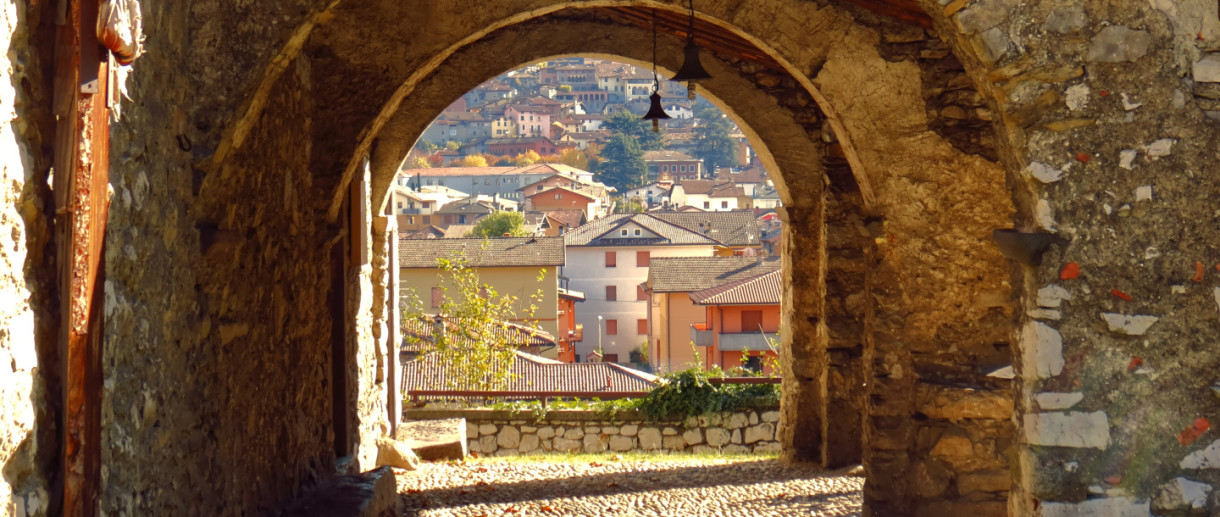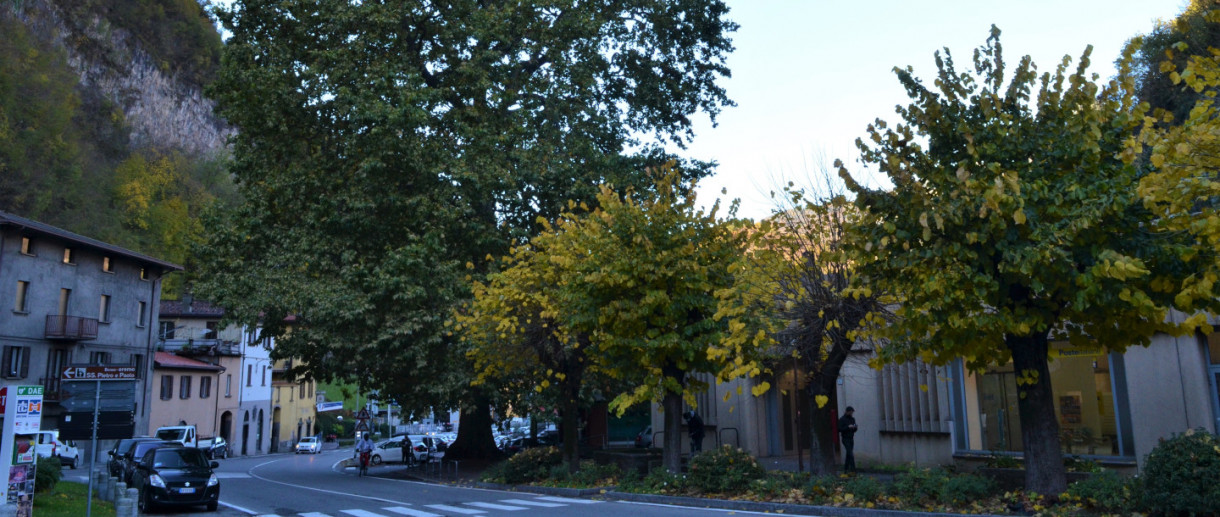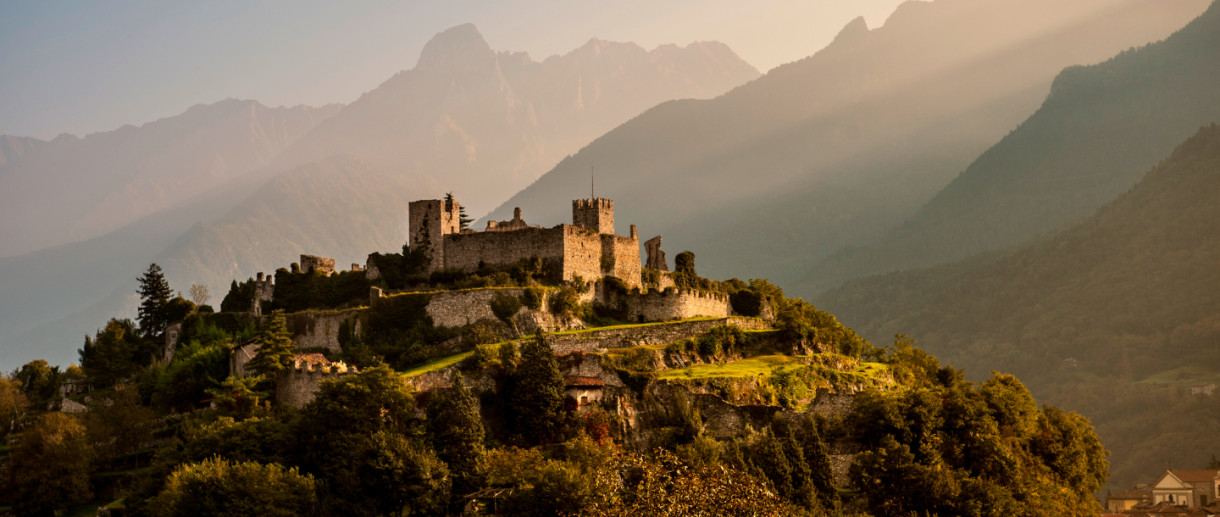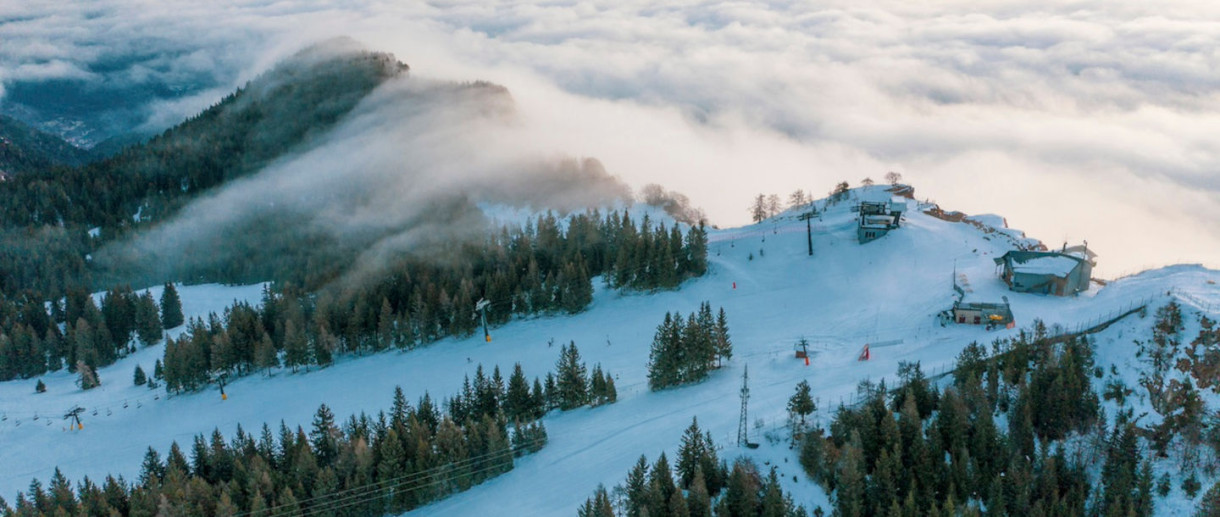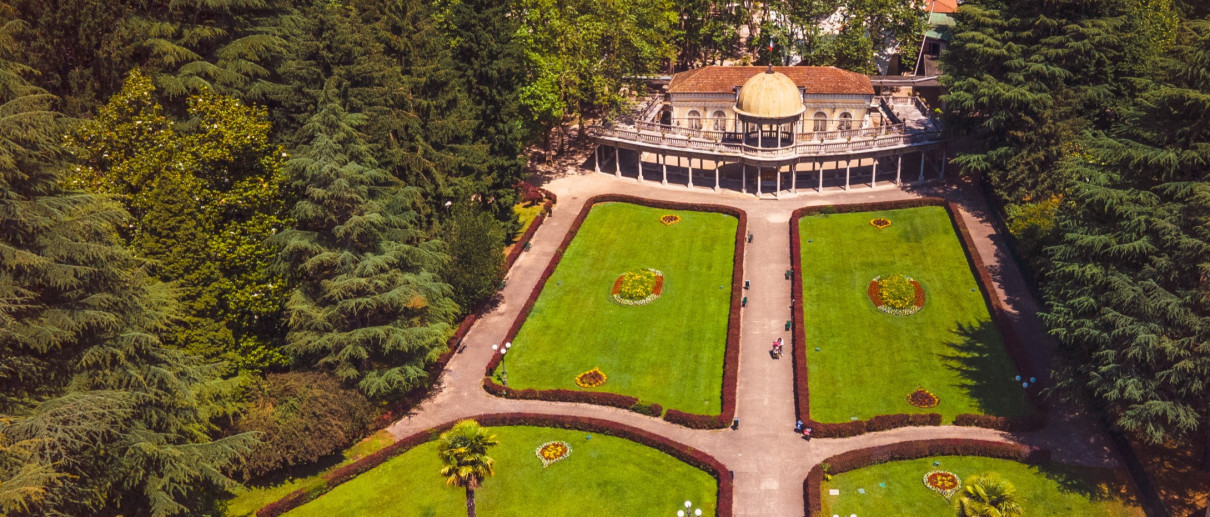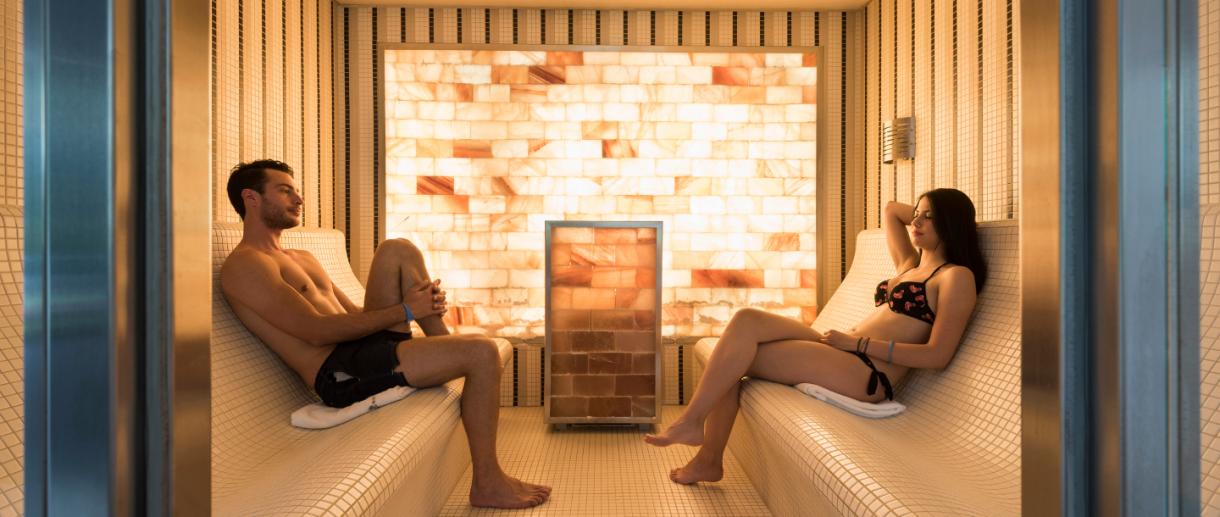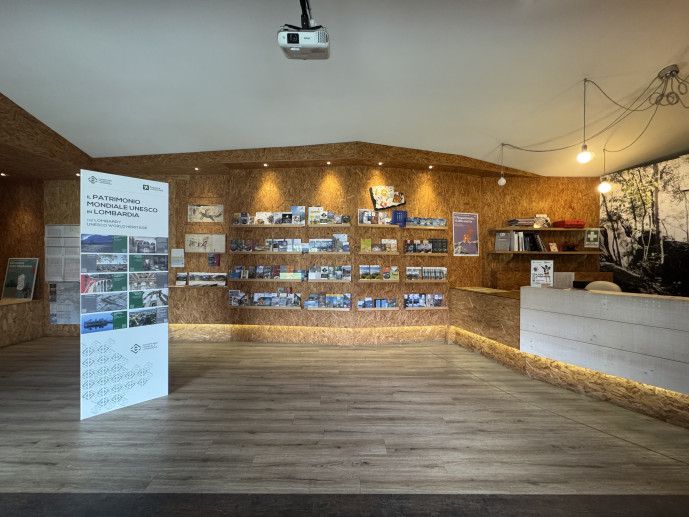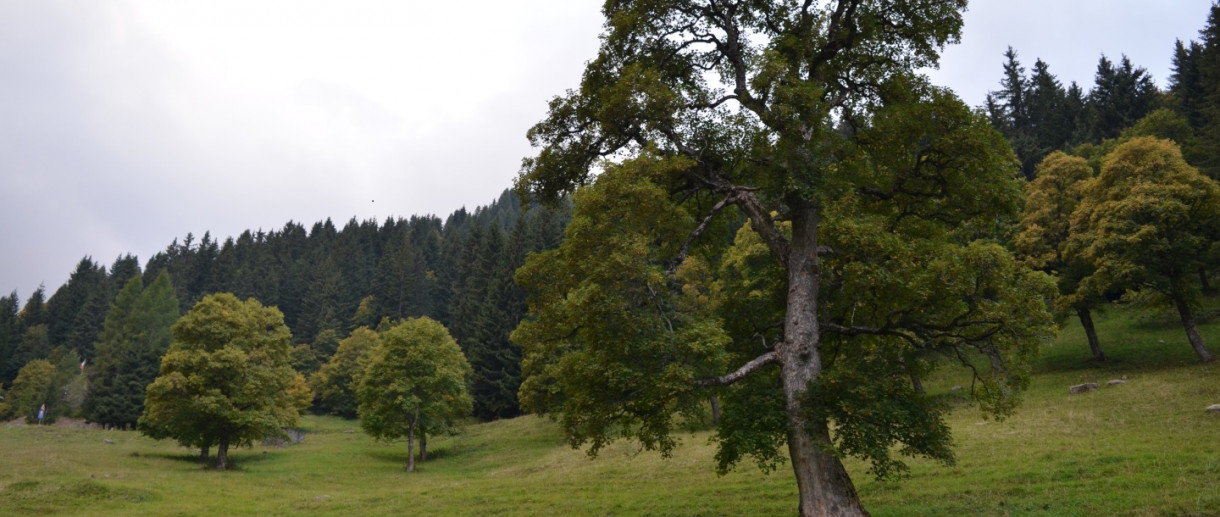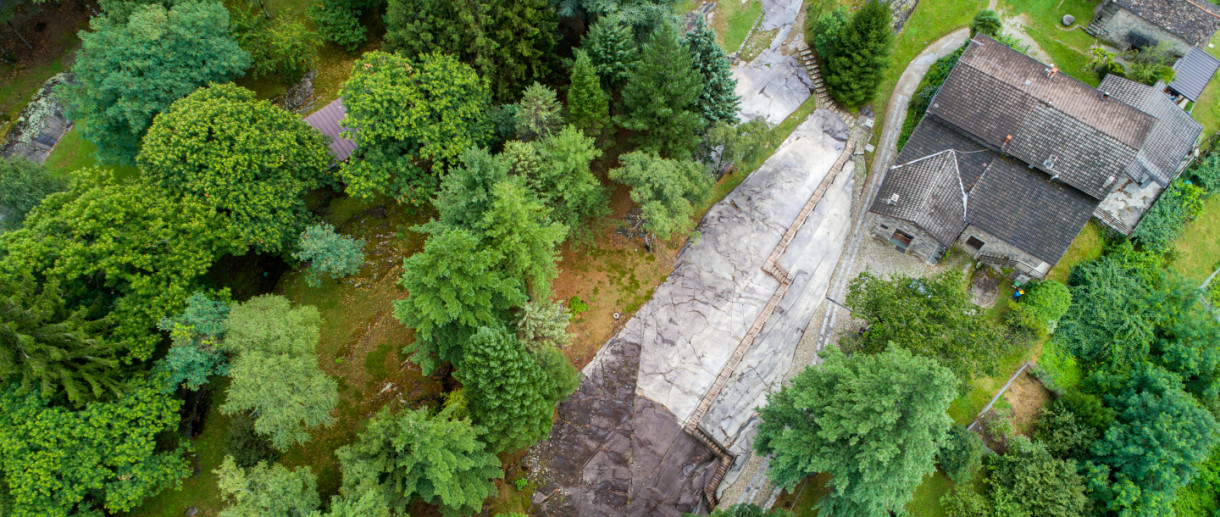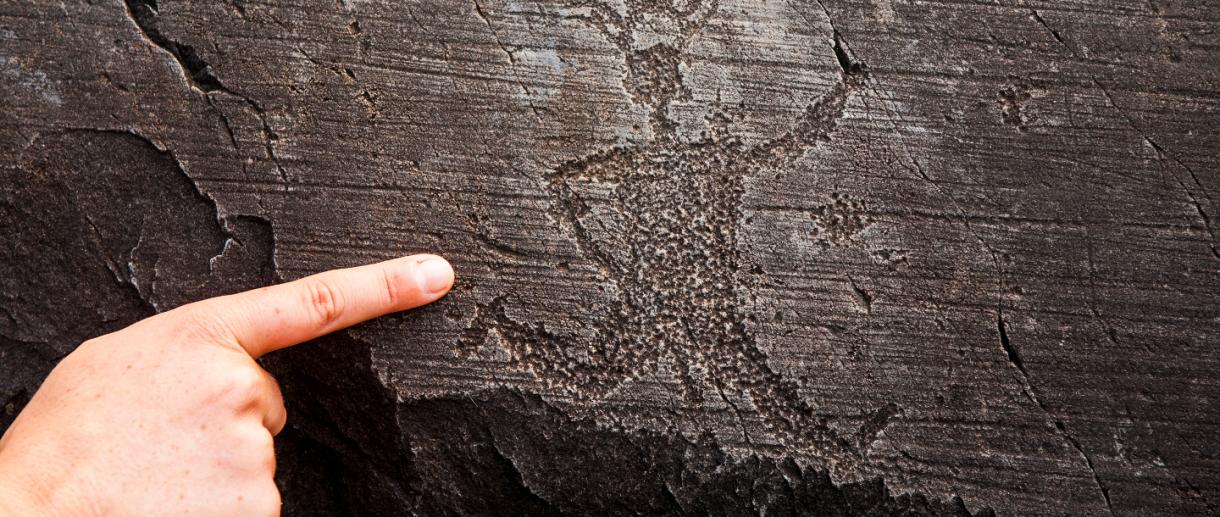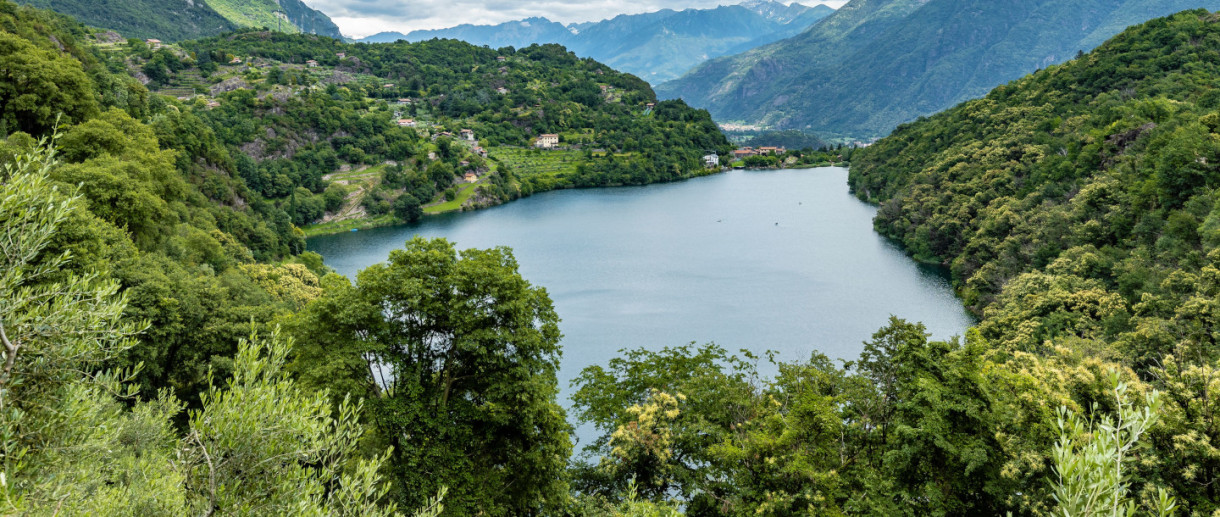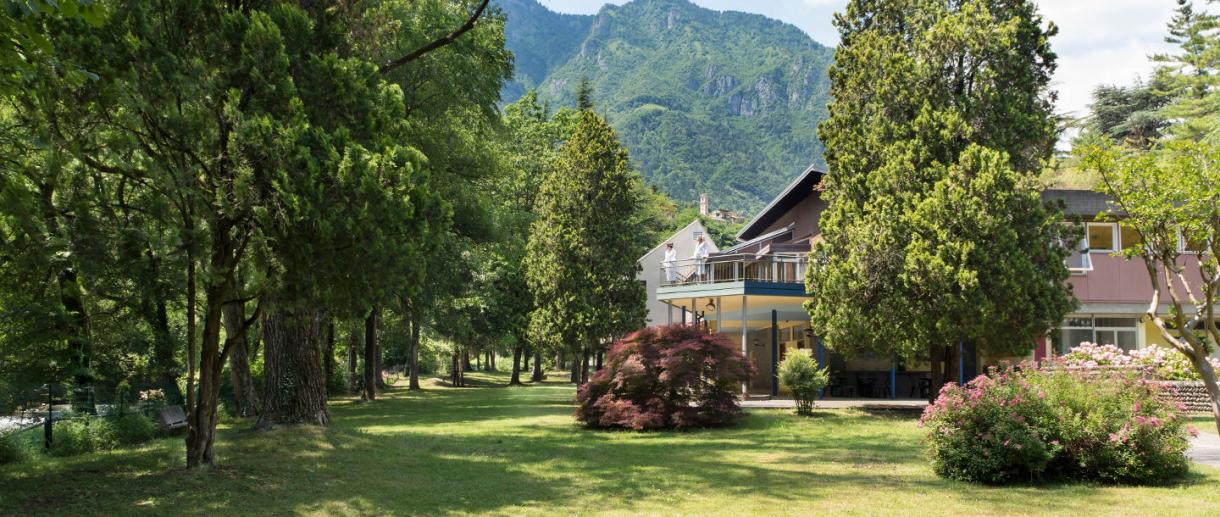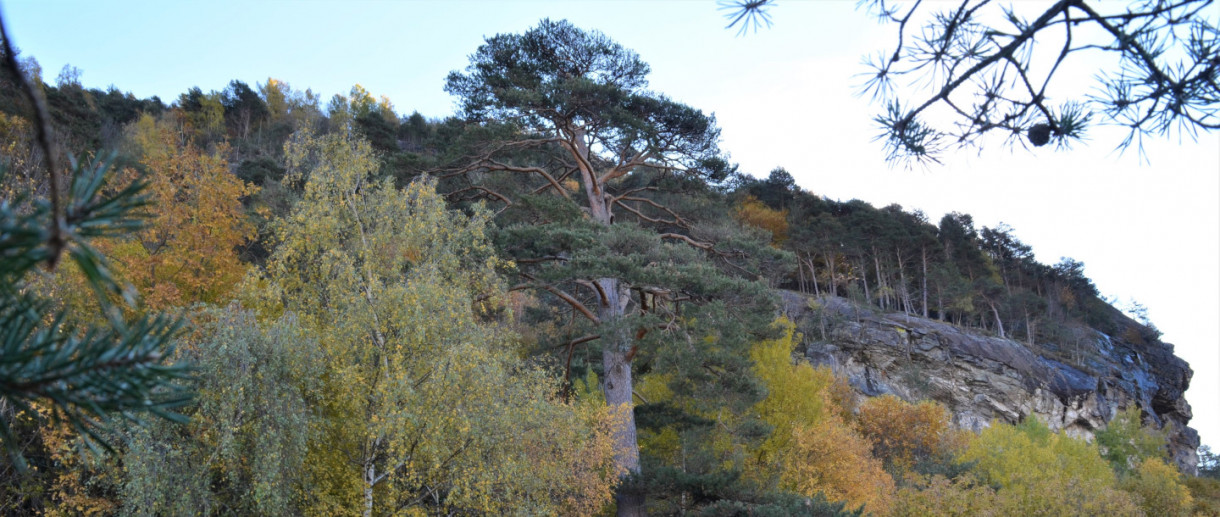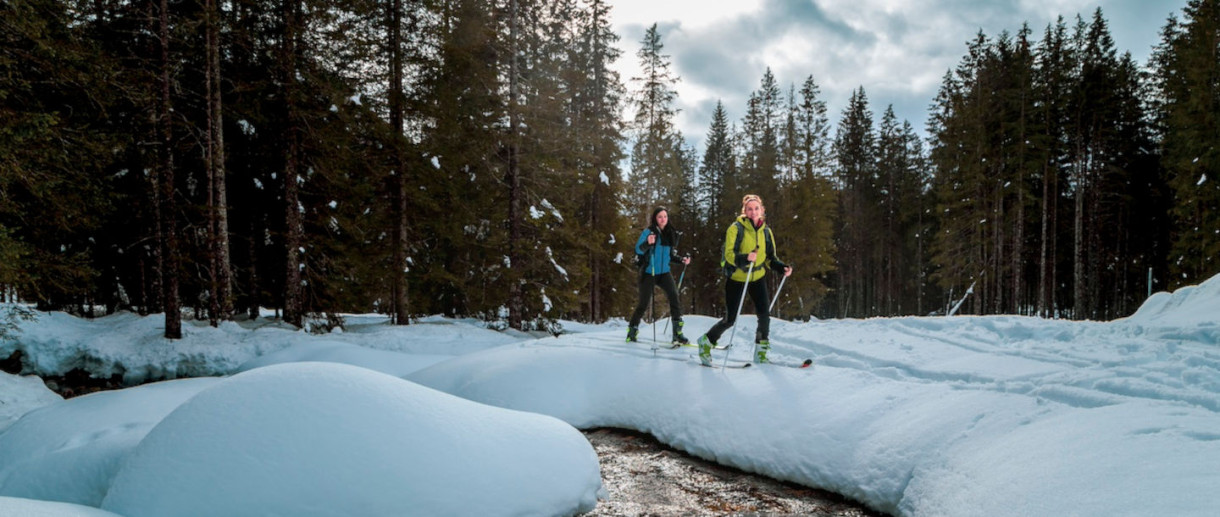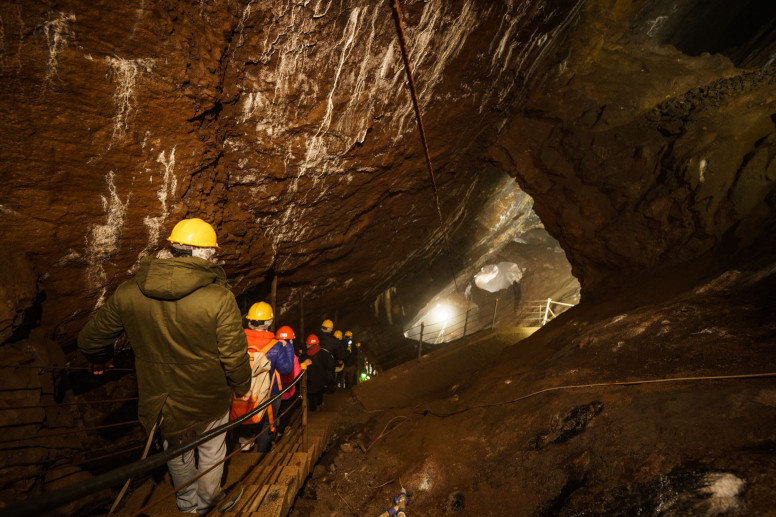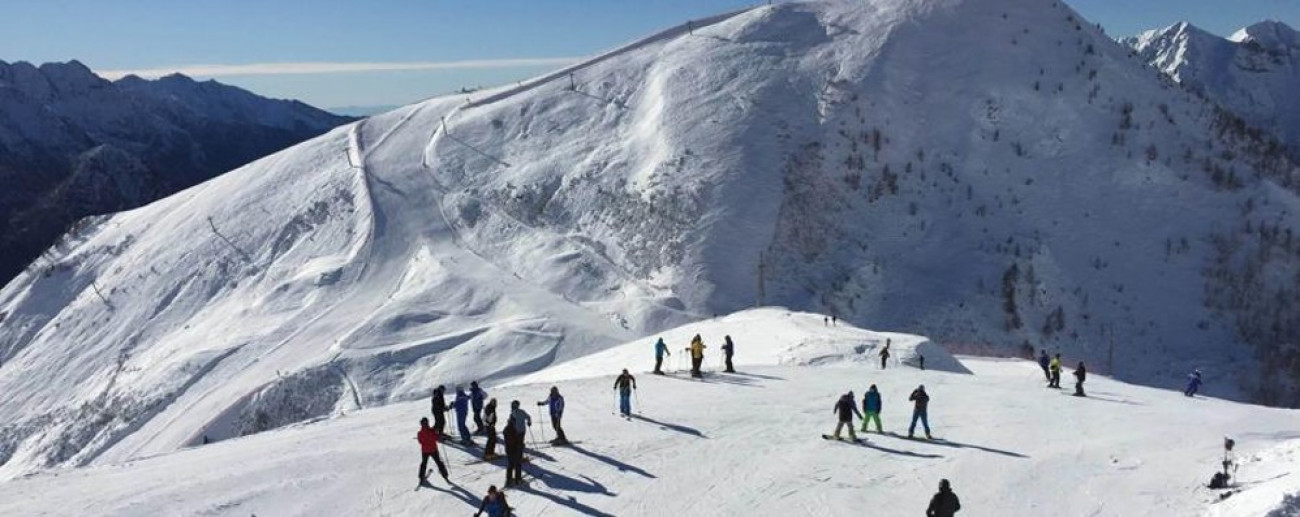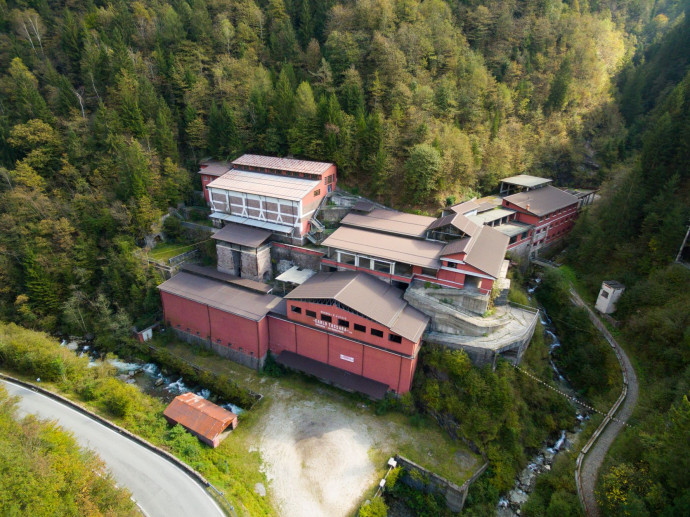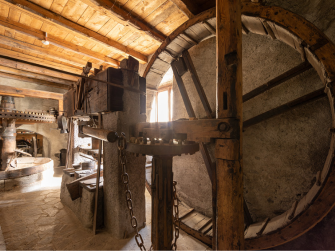- Villages
- Art & Culture
Bienno
Since Roman times Val Camonica has been home to iron craftsmen but the Celtic period was particularly intense: work relied on fatigue as much as the anvil and hammer.
Only in the tenth century did the Benedictines in Bienno (BS) begin using water mills.
It turns out that the paddle wheel is perfectly adapted to the Grigna stream. So began the construction of the "Vaso Re" artificial canal.
From then on the steel industry become central throughout the area up to the present day despite the crisis that hit the sector in the nineteenth century. But the famous iron artisans of Bienno have continued to be appreciated. Now you can discover the industrial history of the village by visiting the places along the course of the Vaso Re.
Bienno is not only a medieval centre. Between the narrow alleyways, high stone walls and tall houses, it boasts original archways decorated with friezes and coats of arms chiselled in stone, while the Renaissance palazzetti are equipped with elegant arcades. Among the cobbled courtyards there are churches and tall well-preserved towers.
The village comes alive in the last week of August.
Under torchlight, hundreds of artists from all over Europe take part. The Mostra Mercato dell'Artigianato displays artistic artefacts along the alleys in the picturesque setting of the historic centre.
For the occasion, the historic mill, the Fucina Museum and the ancient art of forging come back to life, with demonstrations by the màihsters that reproduce the timeless art of water-powered hammers along the Vaso Re.
ORANGE FLAG OF ITALIAN TOURING CLUB
BORGHI PIÙ BELLI D’ITALIA #INLOMBARDIA
